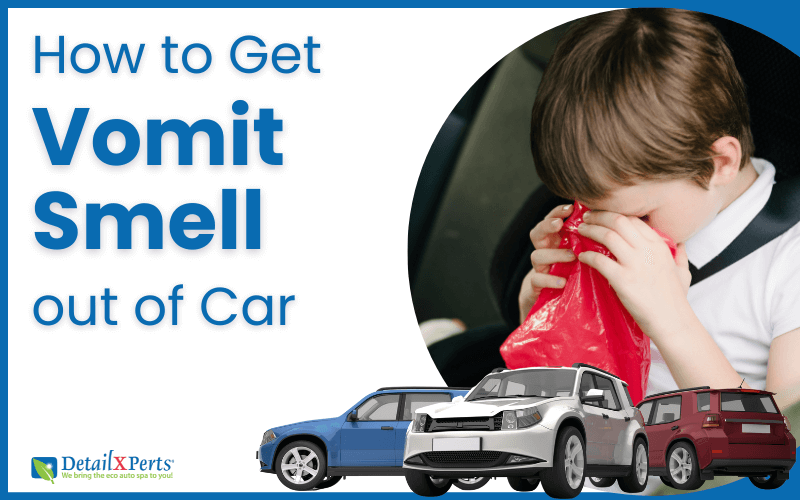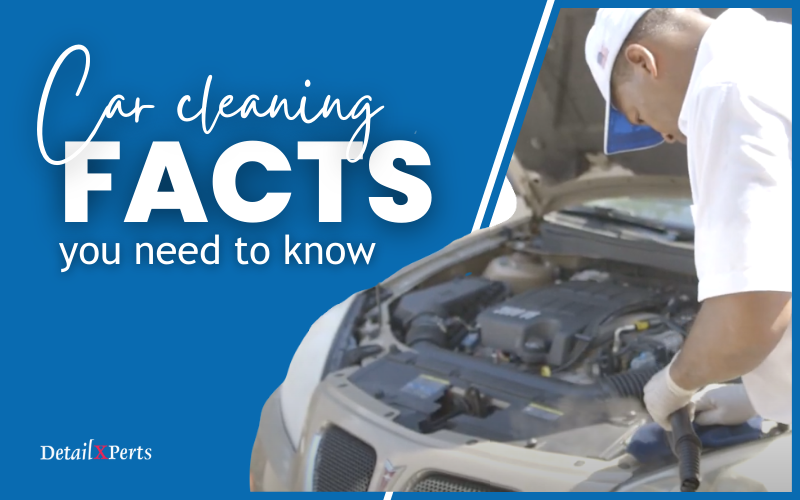A nice, shiny, well maintained car always says a lot about someone. Do you remember when you first got your brand new car? It was bright, shiny and had a silky luster. Of course, over time, our car starts to lose its color and luster, no matter how hard we make an effort to retain its natural beauty.
There are various ways in which you can retain the exterior quality of your car. For example, you can get a paint job to restore its natural color if you’ve had your car for several years already. Sometimes, you just need to buff your car if you want to remove minor scratches and scrapes, but you are confronted with how to buff your car. Look no further, and grab the tips on how to buff a car.
Car wash precedes car buffing; therefore it is essential that the car be washed thoroughly by doing circular motions and movement from one area to another under the shade. Make sure the car surface is cool to prevent soap stains later on. This wash will prepare the surface of the car for effective buffing.
Car buffing techniques
Step 1 – Choose your tool
There are three types of buffing tools you can use and they are:
- Manual buffing – this is done by hand. Although this method requires less effort, it does require more time. Also, the finish may not last as long as other methods, and results may not be as smooth or even.
- Orbital buffers – this method requires less experience and skill. It is considered economical because it uses less compound than high speed buffers. This method gives a nice shine to your car.
- High-speed buffers – this method gives the best results, but needs experience and practice to use. Incorrect use will damage paint, like leave swirl marks.
Step 2 – Choose your product
There are two buffer products that you can choose from, depending on what you need:
- Polishing product – look for a polishing product if your car’s paint is still great but needs that added shine. Also, if you’ve just painted your car, and need to remove paint swirls.
- Compound product – if your car has deep scratches you want to conceal, you will need a compound.
Looking for the best product for your car varies depending on the car model, year, and its overall condition. So make sure you have this information ready when you visit the store to shop your product.
Step 3 – Buffing
Once you’ve washed down the soap from your car and you’re sure that it’s free from dirt, you can start the actual buffing.
- Dry your car with a soft towel or chamois. Use clean materials to avoid dirt from getting stuck in the car surface.
- Once the car is completely dry, apply the polishing or compound product. The hood is always a great place to start because you can easily examine the results. If you’re contented with how you did in this area, you can continue with the rest of the car.
- Now, with the buffer. The point is to spread the product around, evenly. So if you’re doing manual buffing, apply extreme pressure while moving in circular motion. If you’re using a powered buffer, employ a steady hold while moving the buffer in circles, spreading the product evenly.
- Keep doing this until you’ve achieved desired results.
This is how you buff your car in 3 steps. If it’s your first time to do this on your own and you experience problems like unwanted swirl marks. Don’t worry, there are auto-detailing products that can remove scratches and swirl marks. However, it is important to mind paint damage while buffing because scratches in a car’s paint job take away from its beauty and value, while paint scratch repair requires patience and thoroughness, especially in a DIY situation.
Regardless of whether it is the DIY buffer option you choose or an auto-detailing professional car buffer, it pays to contact us or follow us for more tips, tricks and techniques.
Enjoyed this post? Sign up for our newsletter to receive more valuable tips, ideas, coupons, and extras!





